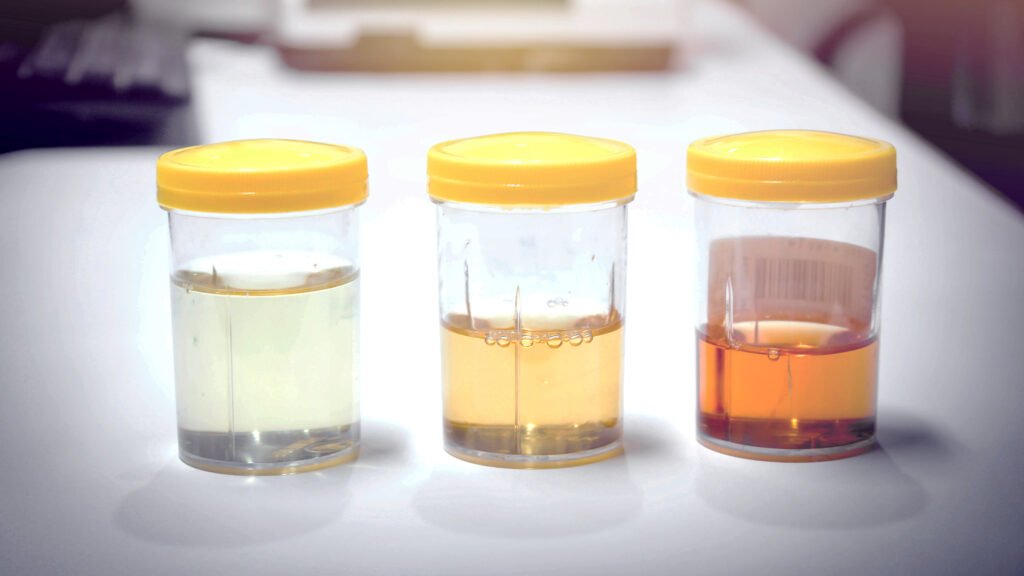Our bodies have unique ways of communicating when something is off, and one often-overlooked indicator of our health is the color of our urine. While it may not be a topic you think about regularly, paying attention to the color of your urine can offer valuable insights into your hydration levels.
The Urine Color Spectrum: What Does It Mean?
Urine color can range from clear to dark yellow, with each shade offering clues about your body’s hydration status. Let’s break down what each hue may suggest:
- Clear to Pale Yellow
If your urine is clear or a light straw-colored yellow, congratulations! This is typically a sign that you are well-hydrated. Your body has enough water to function efficiently, and your kidneys are flushing out excess water, resulting in a light-colored urine. Aim to keep your urine in this range for optimal health. - Medium Yellow
This shade may indicate you’re on the verge of mild dehydration. While it’s not yet a cause for concern, it could mean that you haven’t had enough fluids recently. Try to drink a glass or two of water to restore balance. - Dark Yellow
Dark yellow urine is usually a sign that your body is conserving water, indicating dehydration. When you’re dehydrated, your kidneys work harder to retain water, resulting in more concentrated urine that has a darker color. If you see this shade, it’s your body’s way of asking for more fluids. - Amber or Honey
If your urine appears amber or honey-colored, it could be a sign of significant dehydration. It’s important to drink water immediately and pay attention to how your body feels. Prolonged dehydration can affect many bodily functions, so don’t ignore this warning sign. - Brown or Darker Shades
Urine that is brown or tea-colored could indicate severe dehydration or even a medical condition, such as liver disease. In this case, it’s crucial to seek medical advice, especially if drinking water doesn’t resolve the issue.
Other Factors Affecting Urine Color
While hydration is the primary influence on urine color, certain factors can also cause temporary changes. For example, some foods like beets or blackberries can turn urine pink or red, while vitamins and medications can create a bright yellow or even orange hue. These color changes are usually harmless, but if they persist or are accompanied by other symptoms, consult your doctor.
The Importance of Staying Hydrated
Water is essential for nearly every function in the body. It helps regulate temperature, lubricate joints, deliver nutrients, and eliminate waste. By keeping yourself well-hydrated, you not only maintain these essential functions but also support your urological health, helping to prevent issues like kidney stones and urinary tract infections (UTIs).
Conclusion: Listen to Your Body’s Signals
Checking the color of your urine is an easy, non-invasive way to keep tabs on your hydration. While it may not seem like much, drinking enough water throughout the day can make a significant difference in your overall health. So next time you visit the bathroom, take a quick glance and make sure you’re staying on track!
Remember, hydration is key to a healthy body, and your urine is a quick, everyday guide to whether you’re getting enough fluids. Stay hydrated, stay healthy!

